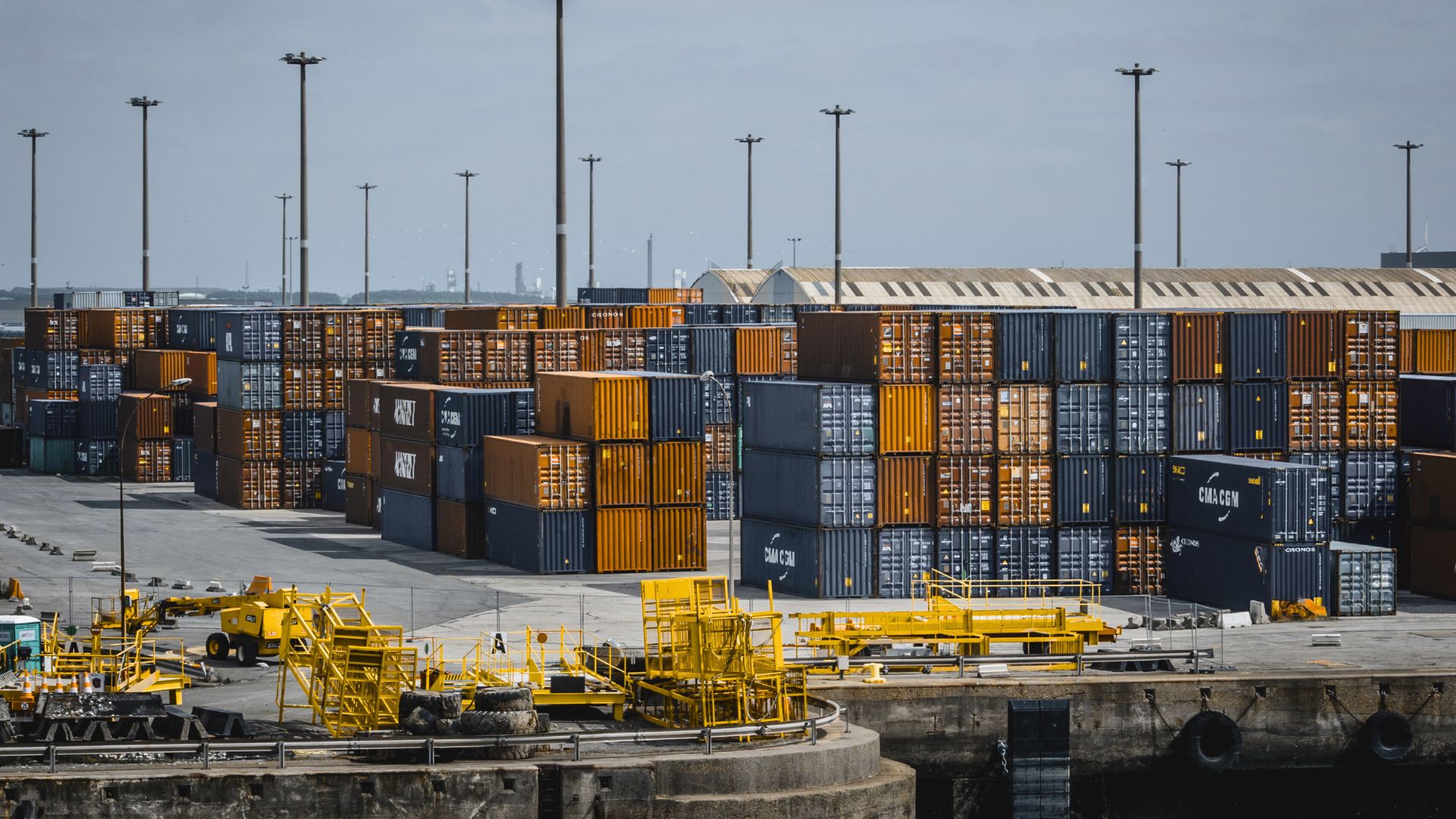
The frustration is real.
If you’ve looked into manufacturing your product in the United States, chances are you’ve hit a few familiar walls. High costs. Long lead times. Fewer supplier options than you expected. For many business leaders, the sticker shock isn’t the only surprise. It’s the lack of flexibility that often seals the deal.
At ITI Manufacturing, we work with U.S. companies that want the best of both worlds: offshore manufacturing benefits without giving up control or quality. We help our clients manufacture overseas with confidence, efficiency, and peace of mind.
Why is manufacturing in the U.S. so expensive? And what makes offshore production a smart alternative? Let’s dig in.
What’s Causing the Spike in U.S. Manufacturing Costs?
Labor costs are a significant factor in why U.S. manufacturers face significantly higher fees. These costs are more than wages – employee benefits, payroll taxes, and HR compliance all factor in. In labor-intensive operations such as sewing, packaging, or assembly, these costs accumulate quickly.
Regulations also increase the costs. Safety, environmental, and labor rules in the U.S. are (importantly) strict. While they’re essential, they also require added investment in compliance and documentation.
Additionally, facility overhead can be a killer. Equipment maintenance, property insurance, energy costs, and taxes can all contribute to inflated production expenses. These are especially tough for small or mid-sized operations. Limited specialization is another issue. Some materials, components and manufacturing processes are simply not available domestically anymore. This forces companies to work with niche suppliers or accept longer lead times.
So why can’t more of these processes be done stateside? It’s not that U.S. manufacturers don’t want to offer these capabilities; rather, many of them were offshored years ago and, for various reasons (financial and otherwise), have not returned. However, there is a push to return manufacturing to the United States, although this will require a significant investment over many years.
Why Overseas Manufacturing Is Often More Cost-Effective
Lower labor costs continue to be a significant advantage for manufacturing overseas. In countries such as Vietnam, Mexico, and China, wages are significantly lower, particularly in sectors that require manual labor. This difference can be the deciding factor for high-volume or repetitive tasks. Many foreign suppliers benefit from government support. Local incentives, subsidies, and tax breaks can reduce production costs for manufacturers abroad, and these savings are often passed down to buyers.
It also helps that overseas factories tend to focus on specific materials or processes. In many regions, manufacturers have spent decades building highly specialized supply chains for things like plastics, precision metals, textiles, and electronics. That kind of focused expertise not only speeds up sourcing and production, but it often leads to better consistency and quality than what many U.S. suppliers can currently offer.
Scalability is another major win. Overseas facilities often have more flexibility to scale production up or down quickly. This is especially helpful when dealing with seasonal demand or pilot runs.
What Could Go Wrong When Manufacturing Offshore? (And How to Keep It from Happening)
Offshore manufacturing offers significant savings, but it comes with risks. That’s why planning matters. Tariffs and duties can change the cost equation overnight. Depending on the country and trade policies in place, fees can spike without much notice. That’s why, at ITI Manufacturing, we help clients build “tariff impact” into their sourcing strategy at the outset.
Here’s why:
- Shipping is more complex than ever. Following the COVID-19 pandemic, logistics costs have remained unpredictable. Port delays, container shortages, and higher fuel prices can all affect timelines and budgets.
- Mistakes overseas can get expensive. If quality control isn’t built into the process, a single bad production run can derail your launch or lead to costly rework.
- Communication barriers can cause friction. Different time zones, languages, and business cultures can slow down processes or create misunderstandings. That’s why we employ bilingual teams on the ground.
- Intellectual property must be protected. You don’t want your product idea duplicated. At ITI, we ensure all agreements are airtight and your designs are safeguarded before any production starts.
Tips for When Offshore Manufacturing Makes the Most Sense
Some products are a natural fit for overseas production. That includes:
✅ Labor-intensive items that involve sewing, assembly, or hand finishing.
✅ High-volume products where small savings per unit add up fast.
✅ Raw materials or specialized processes not available domestically.
✅ Time-sensitive launches where U.S. lead times can’t keep pace.
Total Cost of Ownership: Why We Focus on More than Unit Price
Every detail of your project, from materials and specs to packaging and timelines, should be communicated clearly. ITI Manufacturing serves as your stateside partner while your product is made overseas. We make the introductions and stay right by your side throughout the entire process. We work only with pre-vetted factories that meet our strict quality, security, and compliance standards.
For many companies, it’s easy to compare quotes and pick the manufacturer with the cheapest unit cost. But that’s not where the story ends. At ITI, we help our clients understand the total cost of ownership (TCO), which includes unit price, freight, tariffs, inspection, risk mitigation, and time-to-market. It’s a more realistic way to measure the true cost of manufacturing, because it accounts for the ripple effects of every decision, not just what appears on the invoice.
Avoid Costly Surprises with ITI Manufacturing
So, why is manufacturing in the United States so expensive? It comes down to labor, regulation, overhead, and limited capacity. But going overseas without a strategy can be just as costly in the long run. That’s where ITI Manufacturing comes in.
We help U.S. companies leverage global manufacturing benefits while maintaining control. With precise specs, vetted partners, and end-to-end support, we eliminate the usual risks and help your project succeed.
Wondering if overseas manufacturing is the right move? Let’s talk.
Contact us today and eliminate the guesswork when choosing your location, timeline, and cost strategy for your next project.




